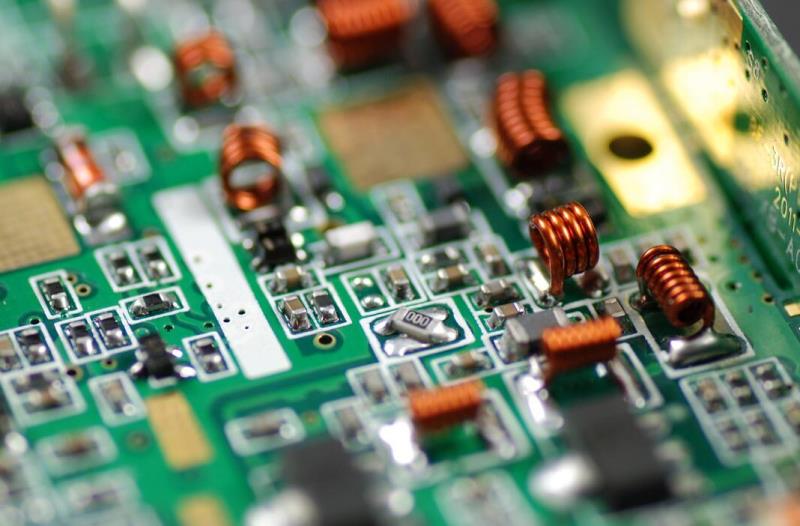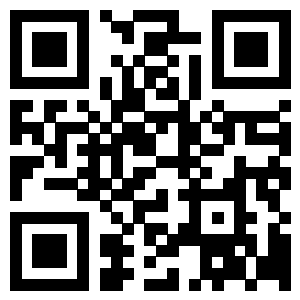The effect of thixotropy on the function of the ink in PCB manufacturing:
1. Screen
Screen is one of the indispensable materials in the screen printing process. The lack of silk screen can not be called screen printing, silk screen is the soul of screen printing technology. The screens are almost all silk fabrics (of course there are also non-silk fabrics).
In the PCB industry, T-shaped nets are commonly used. s and hd type networks are generally not used except for individual special needs.
2. Ink
Refers to colored gelatinous substances used for printed boards. It is often composed of synthetic resins, volatile solvents, oils and fillers, desiccants, pigments and diluents. Often called ink.

Whether the quality of PCB ink is excellent, in principle, it is impossible to break away from the combination of the above major components. The excellent quality of the ink is the general expression of the scientific, advanced and environmentally friendly formulations. It is reflected in:
(1) Viscosity: is the abbreviation for dynamic viscosity. Generally expressed by viscosity, that is, the shear stress of fluid activity divided by the velocity gradient in the direction of the flow layer, the international unit is Pa/sec or mPa/sec. In PCB production, it refers to the mobility of the ink being propelled by external forces.
(2) Plasticity: It means that the ink still retains its properties before deformation after the ink is deformed by the effect of external force. The plasticity of the ink is conducive to improving the printing accuracy;
(3) Thixotropy: The ink is gelatinous when it is left standing, and the viscosity changes when it is touched. It is also called thixotropy and sag resistance;
(4) Mobility: (leveling) the extent to which the ink opens to the surrounding under the effect of external force. Mobility is the reciprocal of viscosity, and mobility is related to the plasticity and thixotropy of the ink. Larger plasticity and thixotropy have large mobility; large mobility has a simple expansion. The activity is small, it is easy to show netting, resulting in the phenomenon of ink formation, also known as netting;
(5) Viscoelasticity: After the ink is scraped by the squeegee, the sheared and cracked ink quickly rebounds. It is required that the ink deformation speed is fast and the ink rebounds quickly to be beneficial to printing;
(6) Dryness: It is required that the drying of the ink on the screen is as slow as possible, and it is expected that after the ink is transferred to the substrate, the faster the better;
(7) Fineness: the size of pigment and solid material particles, PCB ink is generally less than 10μm, and the size of the fineness should be less than one-third of the mesh opening;
(8) Stringiness: When the ink is picked up with an ink shovel, the degree to which the silk-like ink is stretched without cracking is called stringiness. The ink filaments are long, and there are many filaments on the ink surface and the printing surface, which make the substrate and the printing plate dirty and even unable to print;
(9) Transparency and hiding power of ink: Regarding PCB ink, various requirements are put forward for the transparency and hiding power of ink according to different uses and requirements. Generally speaking, circuit inks, conductive inks and character inks all require high hiding power. The solder resist is more sensitive.
(10) The chemical resistance of the ink: PCB inks have strict standards for acid, alkali, salt and solvents according to the different intentions of use;
(11) The physical resistance of the ink: PCB ink must be resistant to external scratches, heat shock, mechanical peeling, and meet various strict electrical functional requirements;
(12) Safety and environmental protection of ink: PCB ink is required to have low toxicity, odorless, safety and environmental protection.
Above we have summarized the basic functions of twelve PCB inks. Among them, in the practical operation of screen printing, the problem of viscosity is closely related to the operator. The unevenness of the viscosity has a great bearing on the smoothness of the silk screen. Therefore, in the PCB ink skill file and qc report, the viscosity is clearly marked, indicating under what conditions and what type of viscosity testing instrument to use. In the actual printing process, if the ink viscosity is too high, it will be difficult to print out, and the edge of the graphics will be severely jagged. In order to improve the printing effect, a thinner will be added to make the viscosity meet the requirements. But it is not difficult to find that in many cases, in order to obtain the desired resolution (resolution), no matter what viscosity you choose, it is still impossible to achieve. Why? After in-depth research, it was discovered that ink viscosity is an important factor. There is another appropriately important factor: thixotropy. It is also affecting the printing accuracy.
Four. Thixotropy
Viscosity and thixotropy are two different physical concepts. It can be understood in this way that thixotropy is a sign of changes in ink viscosity.
When the ink is at a certain constant temperature, assuming that the solvent in the ink does not evaporate quickly, the viscosity of the ink will not change at this time. The viscosity has nothing to do with time. The viscosity is not a variable, but a constant.
When the ink is effected (mixed) by an external force, the viscosity will change. With the continuation of the effect, the viscosity will continue to decrease, but it will not drop indefinitely, and will stop when it reaches a certain limit. After the effect of external force disappears, the ink can gradually recover to its original condition by resting at a certain moment. We call this kind of reversible physical property that the ink viscosity decreases with the extension of time under the effect of external force, but after the external force disappears, the reversible physical property that can recover to the original viscosity is called thixotropy. Thixotropy is a variable related to time under the effect of external force.
Under the effect of external force, the shorter the duration of the effect, the more significant the decrease in viscosity. We call this ink the thixotropy is large; on the contrary, if the viscosity decrease is not significant, it is said that the thixotropy is small.
5. Reaction mechanism and manipulation of ink thixotropy
What is thixotropy? Why is the viscosity of the ink reduced under the effect of external force, but the external force disappears, and after a certain period of standing, it can recover its original viscosity?
The necessary conditions to determine whether the ink has thixotropy, firstly is the resin with viscosity, and secondly is filled with a certain volume ratio of filler and pigment particles. After the resin, fillers, pigments, additives, etc. are milled and processed, they are uniformly mixed together. They are a mixture. They exist as an irregular ion group under the condition that they are not subjected to the effects of external heat or ultraviolet light energy. Under normal conditions, they are placed in an orderly manner due to mutual attraction, showing high viscosity, but no chemical reaction occurs. And once it is subjected to external mechanical effects, it disrupts the original orderly placement, cuts off the mutual attraction chain, and becomes a disorderly chaotic state, showing that the viscosity becomes lower. This is the phenomenon that we usually see ink from thick to thin. We can use the following closed loop reversible process diagram to vividly express the whole process of thixotropy.
It is not difficult to find that the amount of solids in the ink and the size of the solids will determine the thixotropic function of the ink. Of course, there is not much thixotropy for liquids that are inherently very low in viscosity. However, in order to make it into a thixotropic ink, it is technically possible to add an auxiliary agent to increase the viscosity of the ink and make it thixotropic. This additive is called a thixotropic agent. Therefore, the thixotropy of the ink is controllable.
Six. Practical use of thixotropy
In practical use, it is not that the greater the thixotropy, the better, nor the smaller the better. It's just right. Because the ink has thixotropic function, it is very suitable for the selection of screen printing process. Makes the screen printing operation easy and free. During the ink screen printing, the ink on the net is pushed by the squeegee, causing rolling and squeezing, and the viscosity of the ink becomes lower, which is conducive to ink penetration. After the ink is screen-printed on the PCB substrate, because the viscosity cannot be recovered quickly, there is an appropriate leveling space to make the ink move slowly, and when the balance is restored, the edge of the screen-printed graphics will be met with a flatness.






